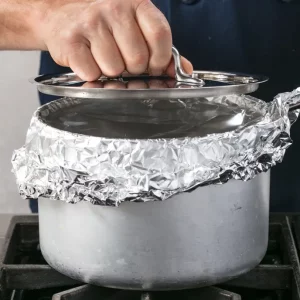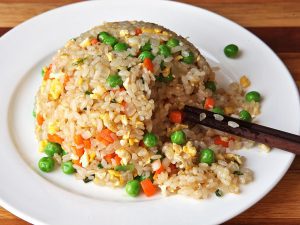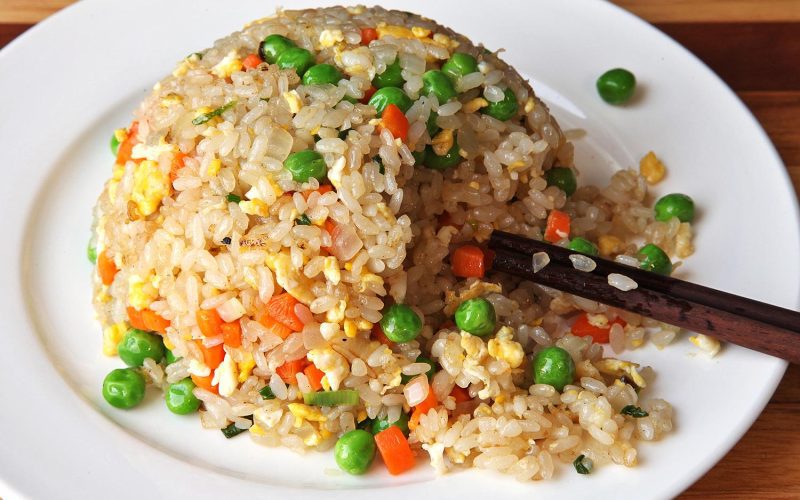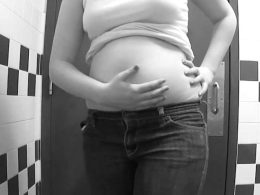Leftover rice is a common occurrence in many households, but few are aware of the potential risks associated with reheating and consuming it. In this article, we will uncover the truth about leftover rice, exploring the risks it poses and providing essential safety measures to avoid foodborne illnesses and enjoy your cooked rice without worry.
Understanding the Risks:
- Bacterial Growth: Rice is a starchy food, and when it’s cooked and left at room temperature, it becomes an ideal breeding ground for bacteria, particularly Bacillus cereus. This bacterium can produce toxins that are resistant to heat and can survive even during the cooking process.
- Spore Formation: Bacillus cereus can produce spores that are heat-resistant. These spores can survive cooking, and if the rice is left out for too long or not stored properly, they can germinate and produce toxins that can lead to food poisoning.
- Toxin Production: The toxins produced by Bacillus cereus can cause food poisoning symptoms, including nausea, vomiting, diarrhea, and abdominal pain. Symptoms typically develop within a few hours after consuming contaminated rice.

image by https://res.cloudinary.com
Safety Measures for Leftover Rice:
- Refrigerate Promptly: The most critical safety measure is to refrigerate cooked rice as soon as possible, ideally within two hours of cooking. Bacteria thrive at room temperature, so the faster you cool the rice, the lower the risk of bacterial growth.
- Shallow Containers: When storing leftover rice in the fridge, use shallow containers. This allows the rice to cool more evenly and quickly, reducing the time it spends in the danger zone of temperatures where bacteria can multiply.
- Keep It Cold: Ensure your refrigerator is set at 40°F (4°C) or lower to keep the rice cold and prevent bacterial growth.
- Use It Quickly: Consume your leftover rice within 1-2 days to minimize the risk of bacterial growth and toxin production. If you can’t eat it within this time frame, consider freezing it.
- Thorough Reheating: When reheating leftover rice, make sure it is piping hot throughout. This will kill any potential bacteria or spores. It’s advised to reheat rice to at least 165°F (74°C).
- Avoid Room Temperature Storage: Never leave cooked rice at room temperature for extended periods, as this creates an environment conducive to bacterial growth.
- Resist Reheating Multiple Times: Reheating rice multiple times can increase the risk of bacterial contamination. It’s best to reheat only the portion you intend to consume.

Image By: https://th.bing.com
By following these safety measures and being aware of the potential risks associated with leftover rice, you can enjoy this staple food without compromising your health. Leftover rice can be a delicious and convenient part of your meals, as long as you handle it with care and take the necessary precautions to prevent foodborne illnesses.












